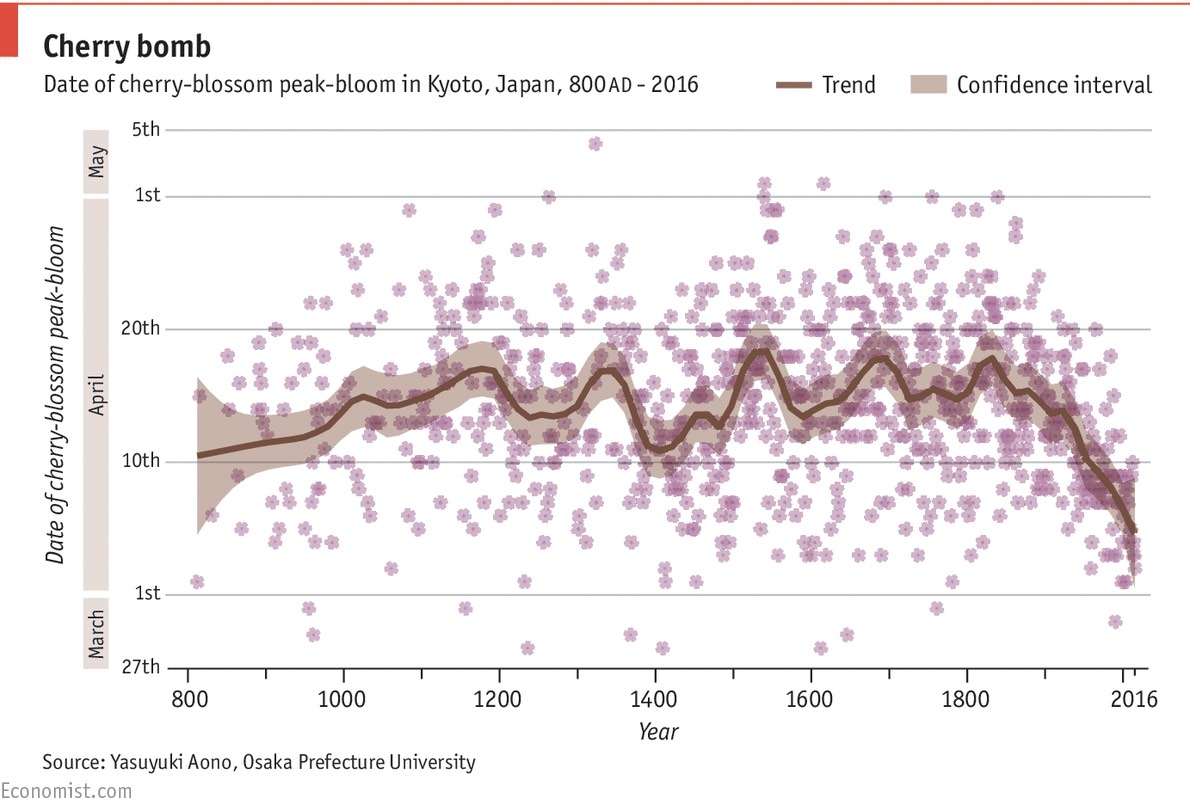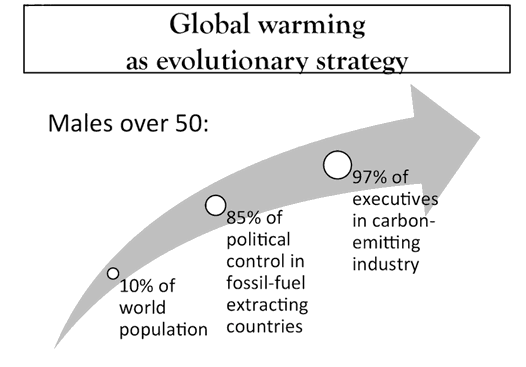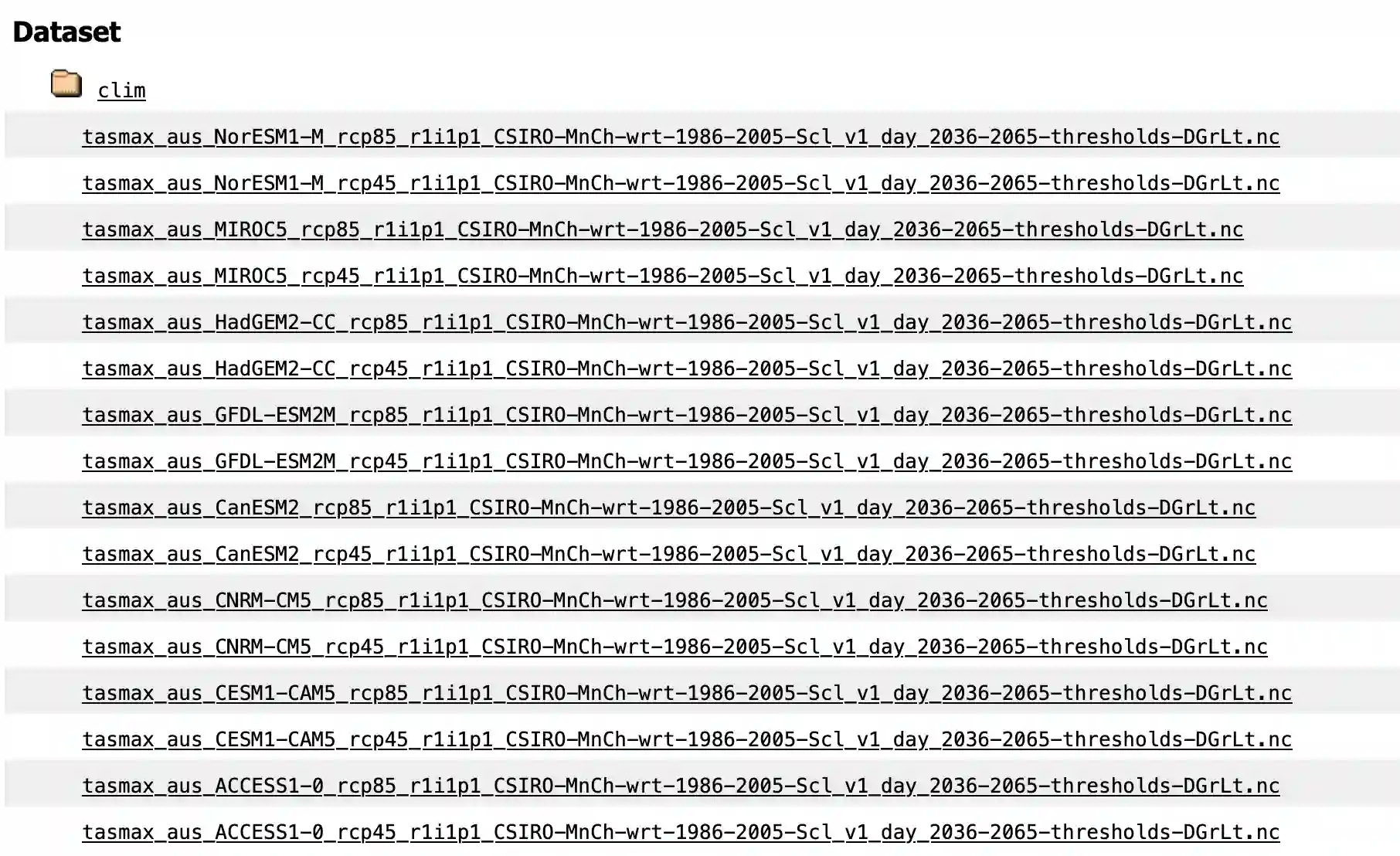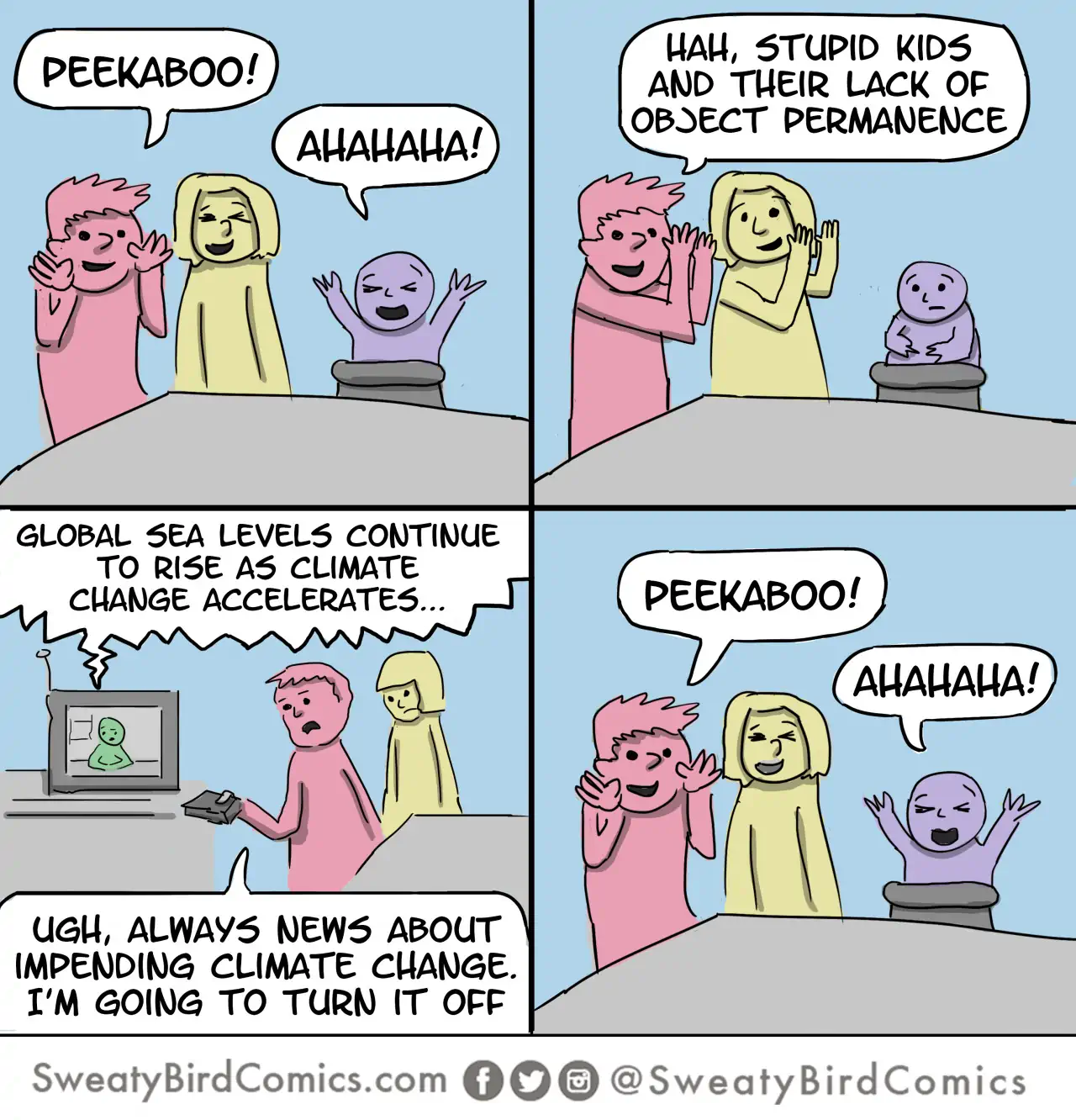Climate change
The conspiracy of those malign incumbent powers, the laws of physics, against the plucky underdog, coal megacorporations
December 13, 2011 — May 31, 2023
Dealing with it, predicting it etc.
1 Effective altruism for
2 Tail risk
Tim Harford summarizes Weitzman (M. Weitzman 2007; Martin L. Weitzman 2011; Martin L. Weitzman 2007):
It is only when we ponder the tail risk that we realise how dangerous climate change might be. Local air pollution isn’t going to wipe out the human race. Climate change probably won’t, either. But it might. When we buy insurance, it isn’t because we expect the worst, but because we recognise that the worst might happen.
3 Regional effects
3.1 Generic
Is my local neighbourhood likely to be flooded by sea level rises? Flooded by swollen rivers? Scoured by flame? If I live somewhere without a good department of meteorology, there are generic tools that will estimate this for me
These generic tools, I am told by colleagues, at only a fallback. Locally-specific modelling tat takes into account the local climate is likely superior when available, since it is able to be more detailed in the modelling.
3.2 Australia
Australia: How the climate crisis will affect you.
A more detailed but older one here.
More usable data can be downloaded.
I have mixed feelings about these tools. The Australian data visualisations are incorporate much high-grade locally-specific modelling, so they are probably more accurate that the generic ones. However, none of the well-visualised easily-accessible data is the stuff I actually want; e.g. a map of average summer temperature does not tell me much. A map of the number of extreme fire danger days tells me more of what I need to know; that is quite hard to find.
Projections of that sort may be found in raw data files in the threshold data sets. However this data is still not ideal, being badly indexed, not particularly well-explained, and confusingly named::
4 Fixing climate change
Paul Hawken et al, Drawdown:
Project Drawdown is the most comprehensive plan ever proposed to reverse global warming. Our organization did not make or devise the plan—we found the plan because it already exists. We gathered a qualified and diverse group of researchers from around the world to identify, research, and model the 100 most substantive, existing solutions to address climate change. What was uncovered is a path forward that can roll back global warming within thirty years. It shows that humanity has the means at hand. Nothing new needs to be invented.
Most interesting index Solution summary by rank, which is one of the better uses cost rankings of this stuff. If their figures are accurate, this is a good pinup for effective altruism.
5 Mitigating
Chicago’s Future of water
“We’re going to be like the Saudi Arabia of freshwater. This is one of the best places in the world to live out global warming.”
Robert Pollin, De-growth vs a green new deal
it is in fact absolutely imperative that some categories of economic activity should now grow massively—those associated with the production and distribution of clean energy. Concurrently, the global fossil-fuel industry needs to contract massively—that is, to ‘de-grow’ relentlessly over the next forty or fifty years until it has virtually shut down. In my view, addressing these matters in terms of their specifics is more constructive in addressing climate change than presenting broad generalities about the nature of economic growth, positive or negative.
6 Carbon pricing
Much interesting actuarial risk management in here. e.g. van den Bremer and van der Ploeg (2021).
Jeff Colgan, Jessica F. Green, Thomas Hale Asset Revaluation and the Existential Politics of Climate Change:
While scholars have typically modeled climate change as a global collective action challenge, we offer a dynamic theory of climate politics based on the present and future revaluation of assets. Climate politics can be understood as a contest between owners of assets that accelerate climate change, such as fossil fuel plants, and owners of assets vulnerable to climate change, like coastal property. To date, obstruction by “climate-forcing” asset holders has been a large barrier to effective climate policy. But as climate change and decarbonization policies proceed, holders of both climate-forcing and “climate-vulnerable” assets stand to lose some or even all of the value of their assets over time, and with them, the basis of their political power. This dynamic contest between opposing interests is likely to intensify in many sites of political contestation, from the subnational to transnational levels. As it does so, climate politics will become increasingly existential, potentially reshaping political alignments within and across countries. Such shifts may further undermine the LIO: as countries develop pro-climate policies at different speeds and magnitudes, they will have incentives to diverge from existing arrangements over trade and economic integration.
7 Carbon offsets and reductions
The incentive design of getting individuals to coluntarily pay more for collective goods is… not ideal.
- 15 Trees does Australian community tree planting.
- Gold standard is often regarded as a best practice carbon offsetter, although I do not know what that means.
- The Green Electricity Guide
8 Carbon sequestration
A Soil-Science Revolution Upends Plans to Fight Climate Change:
The hope was that the soil might save us. With civilization continuing to pump ever-increasing amounts of carbon dioxide into the atmosphere, perhaps plants—nature’s carbon scrubbers—might be able to package up some of that excess carbon and bury it underground for centuries or longer.
That hope has fueled increasingly ambitious climate change—mitigation plans. Researchers at the Salk Institute, for example, hope to bioengineer plants whose roots will churn out huge amounts of a carbon-rich, cork-like substance called suberin. Even after the plant dies, the thinking goes, the carbon in the suberin should stay buried for centuries. This Harnessing Plants Initiative is perhaps the brightest star in a crowded firmament of climate change solutions based on the brown stuff beneath our feet.
Such plans depend critically on the existence of large, stable, carbon-rich molecules that can last hundreds or thousands of years underground. Such molecules, collectively called humus, have long been a keystone of soil science; major agricultural practices and sophisticated climate models are built on them.
But over the past 10 years or so, soil science has undergone a quiet revolution, akin to what would happen if, in physics, relativity or quantum mechanics were overthrown. Except in this case, almost nobody has heard about it—including many who hope soils can rescue the climate. “There are a lot of people who are interested in sequestration who haven’t caught up yet,” said Margaret Torn, a soil scientist at Lawrence Berkeley National Laboratory.
A new generation of soil studies powered by modern microscopes and imaging technologies has revealed that whatever humus is, it is not the long-lasting substance scientists believed it to be. Soil researchers have concluded that even the largest, most complex molecules can be quickly devoured by soil’s abundant and voracious microbes. The magic molecule you can just stick in the soil and expect to stay there may not exist.
9 Opinion dynamics of climate change science
- PredictIt runs climate markets.
- Wolfram Schlenker, Charles Taylor, The market is betting on climate change
- On the relationship between earth system models and the labs that build them
- How to talk to a sceptic Re branding idea: “How to talk with a sceptic”.
- Peter Watts, Because As We All Know, The Green Party Runs the World.
- UMichigan’s course on climate action
- summary of state of denial
- My2050 calculator - create your pathway for the UK to be net zero by 2050
10 Bathtub Dynamics
Mental models of climate change and their difficulties for our ape brains. 🏗
John Sterman’s course on “bathtub dynamics”
11 Wildfires
See bushfires.
12 Visualising it
- Remember when we complained about hockey stick graphs? That complaint was premature.
13 …and ML
14 Economics
From the Australian Climate Council:
- A report called ‘Hitting Home’ from earlier this year, which showed that the cost of extreme weather disasters in Australia has already doubled since the 1970s.
- A report from 2019, working with a team at University of Melbourne, which included the finding that the property market is expected to lose $571 billion in value by 2030 due to climate change and extreme weather, and will continue to lose value in the coming decades if emissions remain high.
15 News
- Rest of World’s Climate reportage
- Heatmap News — a climate change news service




